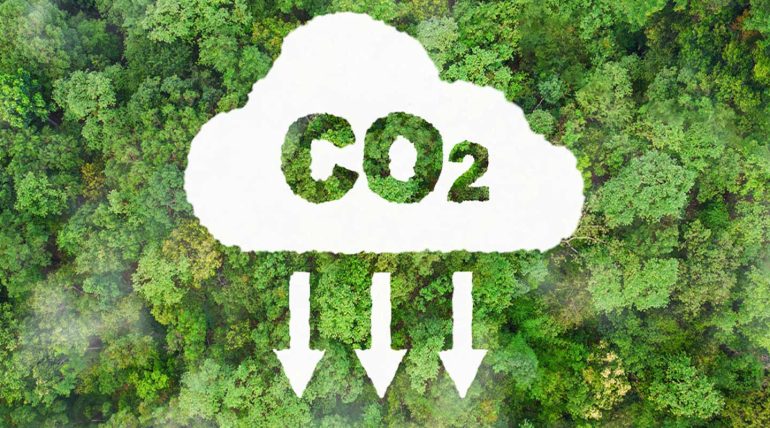Nearly 80 per cent of India’s energy demand is met by coal, oil, and solid biomass. World Bank data indicates that limited access to modern energy sources in rural areas results in low productivity and a reduction of jobs outside of agriculture for those who are employed in agriculture.
The Indian power sector still has a heavy dependency on fossil fuels. Only 25% of the total hydropower potential which is said to be 150,000 MW has been utilized to date. All this leads to a large amount of carbon released into the atmosphere every year. I must mention that despite its low per capita emissions, India is presently the world's sixth-largest GHG emitter, accounting for 4% of global GHG emissions. Coal-fired power plants account for 65 per cent of the country's overall capacity, and the sector is responsible for half of the country's CO2 emissions.
During the COP26 summit of 2021, Prime Minister Narendra Modi announced India's goal of becoming a "Net-Zero Nation’s by 2070, which I believe has raised hopes for many on a global level. According to experts, if India has to decarbonize its power sector and fulfil its goal of becoming a “Net-Zero Nation”, it needs to have long term plans and policy implementations. The country also needs a reorganization of its approach toward the issue of carbon emission. Effects of physical factors such as extreme weather conditions should also be taken into consideration. Because it was thought that the power business had well-established engineering principles, planning in the electrical sector did not include embedding adaptability for physical infrastructure until recently.
Reports also suggest that it will need a unified and streamlined global effort to make more countries achieve the target of becoming a “Net-Zero Nation. India would require investments worth $12.4 trillion, or roughly half of US GDP, from wealthy countries and investors to assist its economy transition to net-zero carbon emissions by 2060. Other than this I also believe that India will get a lot of help from the abundant potential of solar energy that will help the country to reduce its carbon emissions. One of the key pillars of the National Action Plan on Climate Change (NAPCC) is the “National Solar Mission”. It intends to make India a worldwide leader in solar energy by establishing an enabling regulatory
environment that would allow for the deployment of 1000 MW of solar power by 2013 and up to 20 GW by 2022. India today has the opportunity and also the potential to become one of the world leaders on the path of sustainable growth. The country has a large bank of technical professionals and substantial potential for producing green energy that can replace the conventional means of energy production and reduce carbon emissions. There will be significant policy decisions to be
made in the coming 50 years that will determine the trajectory of the country’s efforts to decarbonize its power sector.


